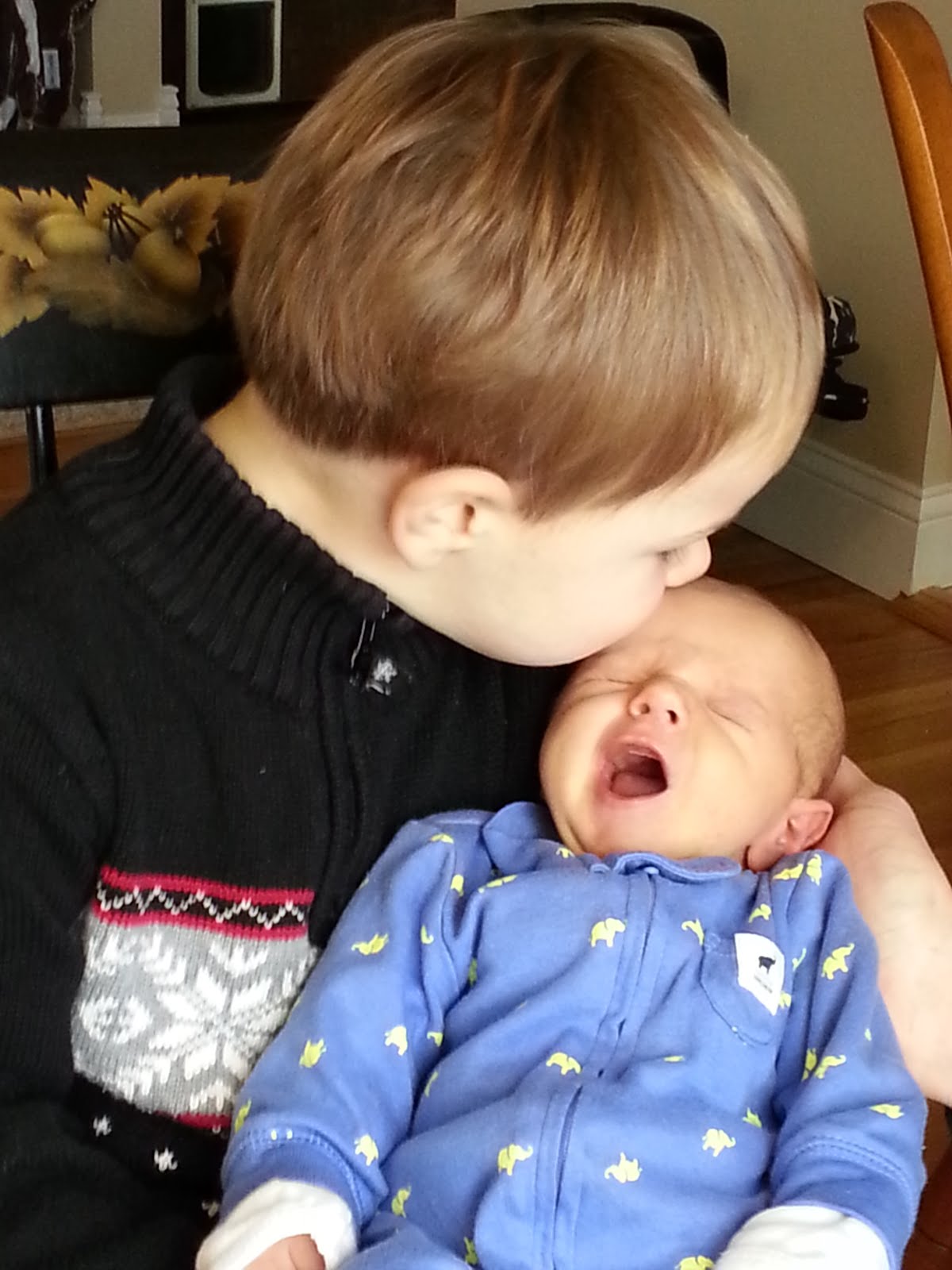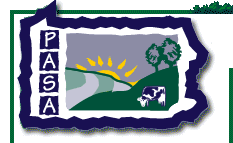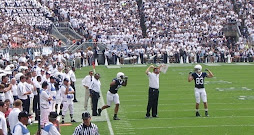As part of my week-end class, we observed a necropsy, or autopsy, of a ewe. The pictures follow.
 I am putting the class pictures up in a couple of blogs, partly because some of you have your kids checking out the pictures with you. Here is the bloodier one. This will be interesting to some, but perhaps not to all. It was extremely educational to myself and the class participants. All of these activities tied together and made a lot of sense as a whole, and I recommend this experience to others.
I am putting the class pictures up in a couple of blogs, partly because some of you have your kids checking out the pictures with you. Here is the bloodier one. This will be interesting to some, but perhaps not to all. It was extremely educational to myself and the class participants. All of these activities tied together and made a lot of sense as a whole, and I recommend this experience to others.I will do my best with terminology and identification, so if you know of an error, let me know and I'll try to fix it.
And so:
The class I took this week-end was the PASA Intensive: Hands-On Small Ruminant Care. It was held at the Mifflin County Youth Park in Reedsville, PA. Aside from the PA people, there were also folks from New Jersey, New York, and New Hampshire. A few people were there like I was three years ago, seeking information to determine what animals they wanted to start with, and how to take care of them. The rest of us ran the gamut of experience and sizes of herd and flocks.
 The first thing we did, was check the condition of the animal. We donned gloves and felt along the spine. It was determined that this animal was a two, on a scale of one to five - five being chunky.
The first thing we did, was check the condition of the animal. We donned gloves and felt along the spine. It was determined that this animal was a two, on a scale of one to five - five being chunky. Of interest is the structure of the inside of the mouth. As you can clearly see, the teeth are only on the bottom, with quite a palette on the top. You wonder how those goats can eat what they do with mouth like that.
Of interest is the structure of the inside of the mouth. As you can clearly see, the teeth are only on the bottom, with quite a palette on the top. You wonder how those goats can eat what they do with mouth like that. The first cuts took the breath away from a few onlookers, and then the fascination began. Early into this seminar, we talked about using injections without causing scar tissue and also maximizing the benefit to the animals. We talked about how to use needles, and where to give medications subcutaneously (sub Q) and inter muscularly. Understanding proper injection sites is important for meat goat quality assurance.
The first cuts took the breath away from a few onlookers, and then the fascination began. Early into this seminar, we talked about using injections without causing scar tissue and also maximizing the benefit to the animals. We talked about how to use needles, and where to give medications subcutaneously (sub Q) and inter muscularly. Understanding proper injection sites is important for meat goat quality assurance.We learned that the front legs aren't joined by a clavicle but muscle. They basically are hanging there. Interesting knowledge for later when we do birthing.
 Dr. Wolfgang did a very neat job of skinning this lamb. There was little smell, and Hannah sopped up the blood as much as possible. A few real bleeders were clamped off.
Dr. Wolfgang did a very neat job of skinning this lamb. There was little smell, and Hannah sopped up the blood as much as possible. A few real bleeders were clamped off.  The intestines and digestive compartments. We eventually opened up some of these compartments to look at their contents. We could see where the further digested food moved along and became more smooth and watery as it proceeded. The digestive system is quite machine.
The intestines and digestive compartments. We eventually opened up some of these compartments to look at their contents. We could see where the further digested food moved along and became more smooth and watery as it proceeded. The digestive system is quite machine. Opening the chest cavity.
Opening the chest cavity.  This animal was chosen because it appeared to be in poorer health. For the purposes of finding and studying parasites, this was a good choice.
This animal was chosen because it appeared to be in poorer health. For the purposes of finding and studying parasites, this was a good choice. The female reproductive organs. Holding an ovary (I think) and the uterine horns below the finger.
The female reproductive organs. Holding an ovary (I think) and the uterine horns below the finger. The rumen, intestines (behind right), liver, and the lungs (pink).
The rumen, intestines (behind right), liver, and the lungs (pink). Everything is generally "clean" looking.
Everything is generally "clean" looking. Close up of the rumen.
Close up of the rumen.  Intestines.
Intestines.  The lining of the rumen and its contents.
The lining of the rumen and its contents.  You can see some corn in the rumen, and the texture of the inside of the lining. I missed getting a good picture of the reticulum with its honeycomb pattern, but I attached a good reference about ruminant digestive anatomy here.
You can see some corn in the rumen, and the texture of the inside of the lining. I missed getting a good picture of the reticulum with its honeycomb pattern, but I attached a good reference about ruminant digestive anatomy here.
Haemonchus contortus worms from inside the stomach - enlarged. If you look very closely, you can see the"barber pole" alternating stripe of the haemonchus contortus. These are one of the things we learned to battle during the week-end. They are red from sucking the blood from the animal. Enough of them can make the animal anemic, making them weak and susceptible to disease and illness.
Necropsy: http://vetmedicine.about.com/od/terminology/g/G_necropsy.htm
Great reference material for the class recommended by Dr. Van Saun.
http://www.sheepandgoat.com/PPT/IPM.pdf
Digestive Anatomy in Ruminants: http://www.vivo.colostate.edu/hbooks/pathphys/digestion/herbivores/rumen_anat.html
A darn cute page that explains a lot!!
http://www.animalcorner.co.uk/farm/goats/goat_anatomy.html
Necropsy: http://vetmedicine.about.com/od/terminology/g/G_necropsy.htm
Great reference material for the class recommended by Dr. Van Saun.
http://www.sheepandgoat.com/PPT/IPM.pdf
Digestive Anatomy in Ruminants: http://www.vivo.colostate.edu/hbooks/pathphys/digestion/herbivores/rumen_anat.html
A darn cute page that explains a lot!!
http://www.animalcorner.co.uk/farm/goats/goat_anatomy.html






















2 comments:
It was great learning sooooooooo much good
thank u sir for giving us a chance to grab so much knowledge
Dear Friend from Ambala,India:
This a very popular link for many people since I posted it a year and a half ago. I am fascinated by it every time I come back.
Are you a student?
Thanks for your comment.
Post a Comment